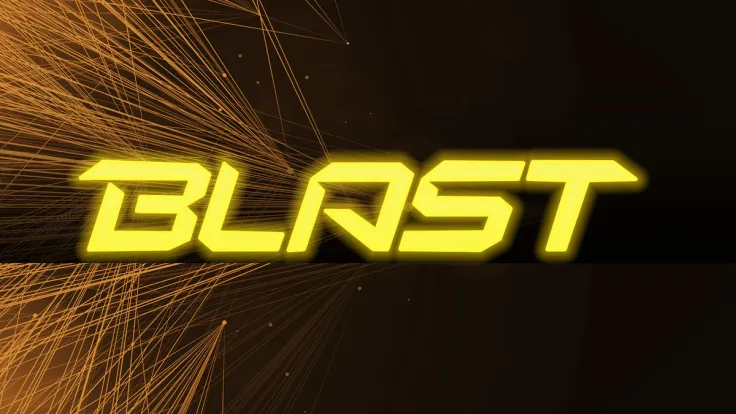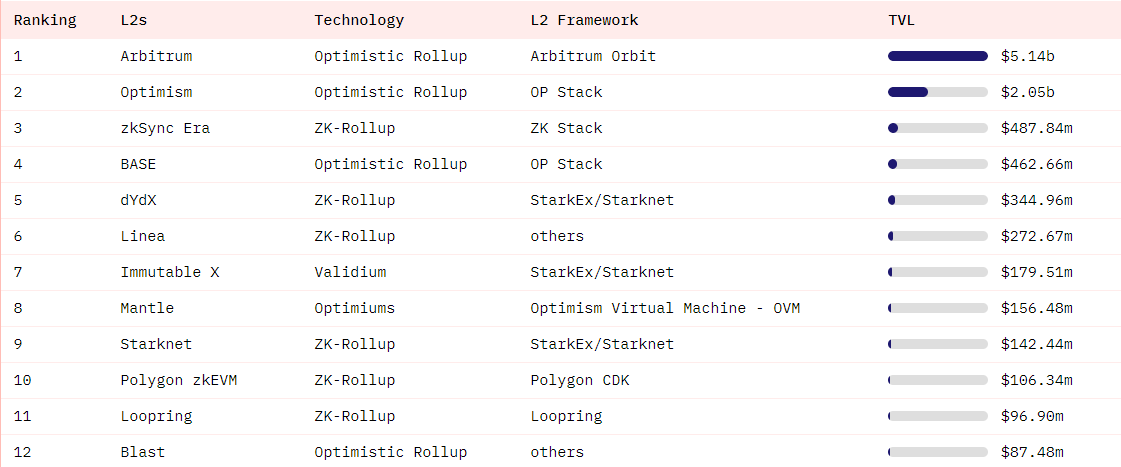
Disclaimer: The opinions expressed by our writers are their own and do not represent the views of U.Today. The financial and market information provided on U.Today is intended for informational purposes only. U.Today is not liable for any financial losses incurred while trading cryptocurrencies. Conduct your own research by contacting financial experts before making any investment decisions. We believe that all content is accurate as of the date of publication, but certain offers mentioned may no longer be available.
On Nov. 21, 2023, Blast, a new second-layer solution on Ethereum (ETH), caused unprecedented hype on social media. By press time, over $87 million in liquidity is injected into this on-chain bridge.
What is Blast, novel Ethereum staking L2: Highlights
Blast L2 protocol attempts to change the way Ether (ETH) is staked on-chain. It employs a number of eccentric mechanisms designed to offer more profitable and seamless staking for ETH holders.
- Blast is promoted as a second-layer protocol on top of Ethereum (ETH), the largest programmable blockchain.
- Per the statement of its team, Blast automatically stakes all injected crypto in Lido and redistributes staking rewards between investors if its L2.
- Also, users who bridge stablecoins, automatically get USDB, Blast's auto-rebasing stablecoin, to enjoy additional yield from MakerDAO's on-chain T-bill protocol.
- Blast team will enable withdrawals on Feb. 24, 2024, while redemption of Blast Points is set to kick off in May.
The project siphoned over $87 million in Ether and stablecoins in less than 24 hours upon launch.

By press time, its TVL metric demonstrates over 20,000% daily growth, which makes it arguably the fastest growing L2 in Ethereum (ETH) history.
Blast, most overhyped Ethereum L2 in Q4, 2023
Blast, a novel L2 on Ethereum, is attempting to make ETH staking more profitable via the concept of "native yield."
Blast L2: Basics
Blast is the second-layer solution on the top of the Ethereum (ETH) blockchain. Per its official statement, Blast is developed by contributors of Blur, a dominant NFT marketplace. Also, it is said to be funded by heavyweight VCs Paradigm, Standard Crypto and Primitive Ventures with the participation of top angel investors Andrew Kang and Santiago Santos.
Simply put, the protocol attempts to offer more inclusive and profitable staking for ETH and stablecoin holders than its competitors.
With Blast, ETH itself is natively rebasing on the L2. Ether-denominated yield from an L1 staking protocol (initially Lido) is automatically transferred to users via rebasing ETH on the L2.
Blast attempts to integrate real-world assets into the ETH staking process. All of its customers who inject stablecoins get USDB, Blast's native asset. The yield for USDB comes from MakerDAO protocol pegged to U.S. 10-year T-bills.
Blast L2: When will the token arrive?
Blast released a three-step timeline for its operations:
- Early access (already live from Nov. 21): Bridge goes live, Blast Points distribution starts.
- Mainnet launch (expected on Feb. 24, 2024): dApps go live, ETH withdrawals enabled by team.
- Redemption (expected in May 24, 2024): Blast Points redemption activated.
Users will only be able to withdraw what they inject into Blast three months after the start of its early access campaign.
Blast Ethereum L2: Risks
Besides the high volatility of cryptocurrency and other "regular" considerations necessary for crypto investors, there are some extra risks associated with the project so far:
- Nobody can predict the price of Ether and associated assets on the day of the unlocking; the stakes-USD-denominated valuation can either spike or shrink.
- Airdrop of token is not guaranteed; its rules are also yet to be announced.
- Interest in building dApps on this L2 cannot be predicted.
As such, users should be extra cautious when working with every early-stage cryptocurrency protocol.
 Arman Shirinyan
Arman Shirinyan Alex Dovbnya
Alex Dovbnya Caroline Amosun
Caroline Amosun Dan Burgin
Dan Burgin